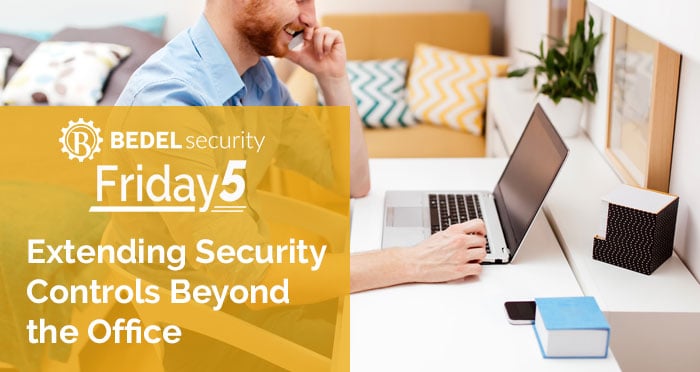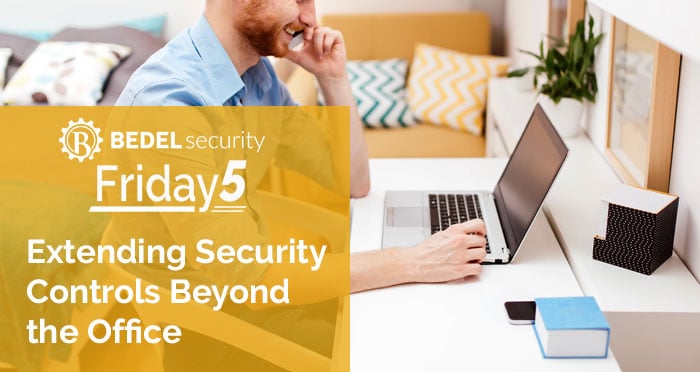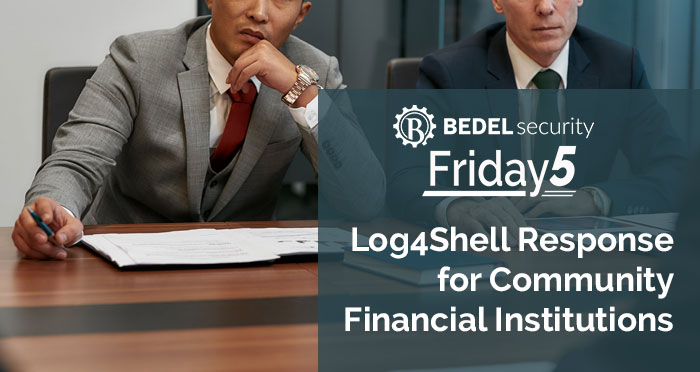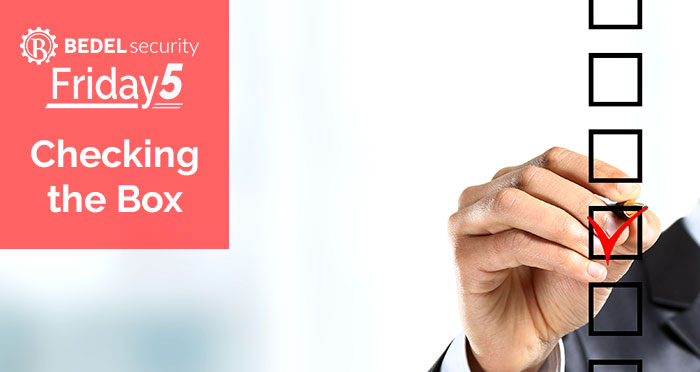Log4Shell Response for Community Financial Institutions
This post is intended to help community financial institutions appropriately prioritize their response efforts to the Log4Shell vulnerability. If...


Over the past several years, organizations have allocated considerable resources to protect their Information Technology environment. Historically, this meant securing the perimeter of the office(s) and everything inside. The COVID pandemic forced many organizations to quickly rollout remote work solutions which left unchecked, pose a significant risk to the business. It’s time that we all take a second look at our remote work environments to ensure our internal security controls extend beyond the 4 walls of our offices. We always recommend performing a risk assessment to identify specific risks to your organization, but I have provided a few universal controls below that will apply to most organizations.
Here are a few concepts to consider:
This list is not meant to be all-encompassing of the controls required to secure remote work environments, but it does provide a good starting point. All organizations are unique and thus, require unique solutions to build and maintain strong security programs. If this is an area you struggle with or would like to discuss in further detail, email us at support@bedelsecurity.com for assistance.
Remote Employee Access
https://www.bedelsecurity.com/blog/remote-employee-access
Remote Access Risk Assessment
https://www.bedelsecurity.com/lp-remoteriskassessment
Remote Work Security
https://www.bedelsecurity.com/blog/remote-work-security
Do you need a separate penetration test for remote access?
https://www.bedelsecurity.com/blog/do-you-need-a-separate-penetration-test-for-remote-access
Surviving the post-pandemic landscape: 12 Technologies That Every Community Financial Institution Should Be Thinking About
https://www.bedelsecurity.com/lp-surviving-the-post-pandemic-landscape

This post is intended to help community financial institutions appropriately prioritize their response efforts to the Log4Shell vulnerability. If...

I recently participated in an executive meeting at a bank where we discussed the real value of “checking the box” also known as the bare minimum,...

It’s been a long and crazy two years since Covid showed up and changed the world. Yes, a lot of things are different now, but I’d like to take a few...